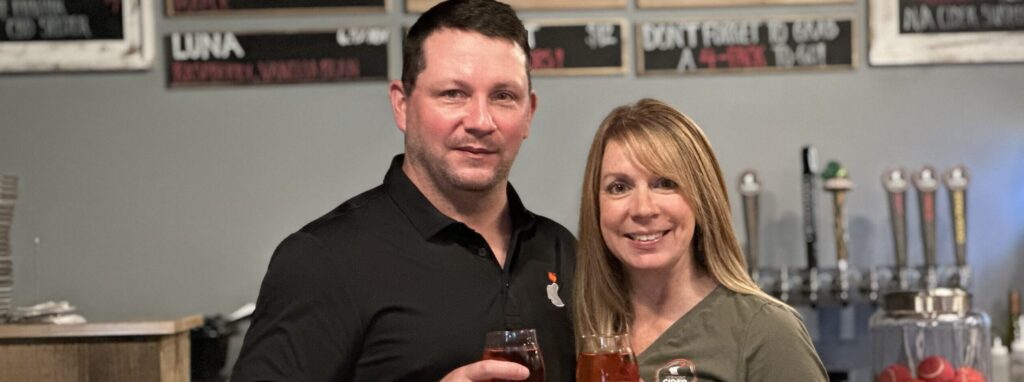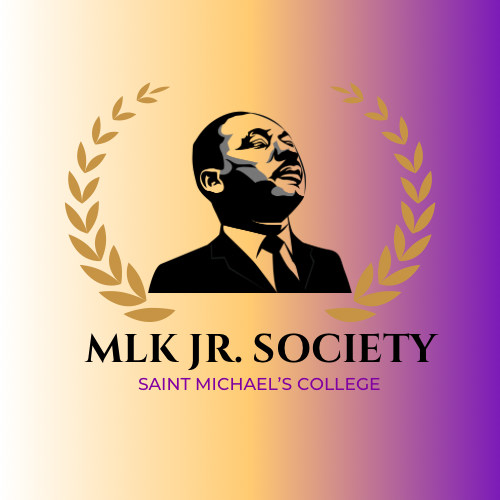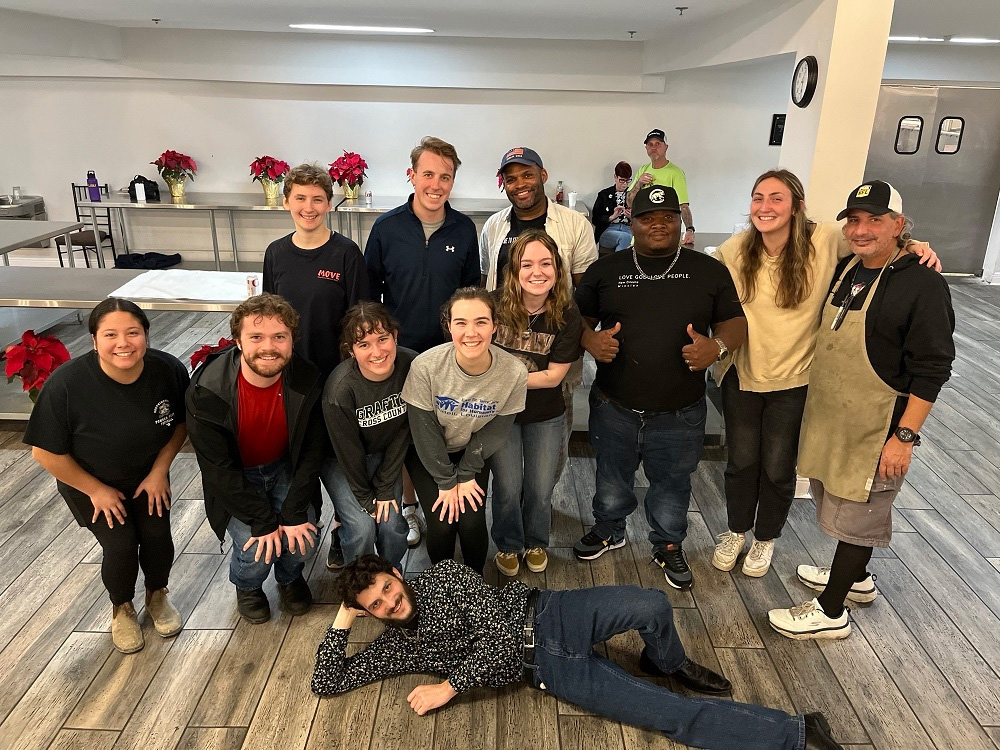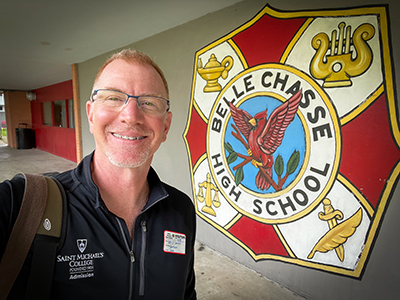MLK keynoter: Let’s own, understand whiteness
“I was born into racial hierarchy — from who owned the hospital to the doctor who delivered me to the nutrition and transportation available to my mom – later, I could learn, I could play, worship, study, I could love, work and die in racial segregation and not one person who has ever guided or mentored me would have ever conveyed that I’ve lost anything.”
“This is what it means to be white,” said Robin DiAngelo, a white scholar and keynote speaker Wednesday evening in the Dion Center during a week of campus activities to honor Dr. Martin Luther King Jr. The flawed fundamental message of her experience, typical for white Americans, she said, is that “there is no inherent value in the perspectives, experiences or relationships of people of color.”
A show of hands during that presentation and again Thursday during a morning/luncheon workshop with faculty/staff showed how universal was the picture that DiAngelo painted: most members of the white majority of students, faculty and staff at Saint Michael’s grew up in de facto segregated neighborhoods, schools and lives, even if not by law.
“I don’t know a deeper message than segregation,” she said, reminding her audiences that despite the defensive protestations so commonly heard from white Americans who don’t want to be seen as bad people, everybody has internal prejudice – it means pre-judging — conditioned into them from earliest age, and it’s unavoidable. Consequently, we all need to find enough humility to own that fact and become less defensive if we really want to be part of the progress that fairness, morality and right-thinking demand.
The titles of her talks got to the heart of the matter. Wednesday’s was “Does Whiteness Matter in a Society that Proclaims Race is Meaningless, Yet is Deeply Divided by Race.” And Thursday’s: “White Fragility: Why It’s So Hard to Talk to White People About Racism.”
“This is not about making people feel bad. It’s about waking up,” she said, suggesting measures everyone can take immediately: Be willing to tolerate discomfort; challenge your own racial reality; begin to understand people of color and racial realities through authentic interaction and not from the media or jokes. DiAngelo, a trained sociologist who shared that she herself grew up in poverty, said studies show that if even 30 percent of society commits to changing attitudes, significant change can come to wider society. The common attitude among whites still “is that race is something they have” she said, but whites rarely acknowledge privileges and responsibilities of their race identity.
Responding to a question from Lorrie Smith of the college’s English faculty Wednesday evening, DiAngelo suggested another exercise that might counter widespread apathy on the pressing issue of race in American society. “Go home and say in the mirror ‘I choose to collude with white supremacy,’ she advised for any white person who wants to be good, yet hesitates to join a society-wide conversation/reflection on race issues beyond a superficial level. Explaining why she does what she does, DiAngelo said, “I can’t sleep at night if I haven’t been in my integrity.”
Many white people will say “I was raised to treat everybody the same” as evidence of not being prejudiced, said DiAngelo, whose response typically is: “No you weren’t!” She’ll explain how that would be impossible, given the unavoidable socialization that every individual experiences. “Three-year-old children know that it’s ‘better to be white’” she said.
This “unexamined whiteness,” the speaker said, is the most toxic agency of “white supremacy” – the term she uses for the unchallenged perpetuation of deeply ingrained institutional oppression for people of color in every facet of American life. “But I’m not talking about the KKK — this white supremacy comes out of my pores,” she said.
Segregation today is as unremitting as it ever was before the Civil Rights movement. But apathy, defensiveness or discomfort keep most white Americans from ever examining their reality since it’s easier to not to engage the issue, which is subtly and not-so-subtly perpetuated by those with power and privilege.
After D’Angelo, engaging and personable, made her strong case at both Saint Michael’s sessions by using telling examples and common-sense logic, applied thoughtfully to the personal and corporate experiences of those in the room, few could take issue with the powerful truth of her assertion. “I wish everybody here could have heard this,” one staff member was heard remarking to another after the first session.
“I want to shake you up,” DiAngelo said, urging people to “use your reactions as a door in” to constructive conversations about race rather than door out. “Be excited if it gets your back up,” she said, since that indicates a process of learning and self-examination has begun.
While there’s no true “race” on the biological/genetic level, she said, “sociologically, it’s profoundly real.” Youth internalize inferiority, she said. “I now know that kids who go to college are not the best and brightest — It’s all about access.”
“If I had followed the trajectory my parents laid out for me, I could easily not have any or very few authentic sustained cross-racial relationships,” she said. “Many white people don’t have people of color in their lives, and nobody has ever suggested they’re missing anything.”
DiAngelo decried the careless language of racism too commonly heard. She said folks should stop saying things like: “I don’t care of somebody is green, purple or polka-dotted…” since “that’s offensive, people aren’t those colors.” Also, don’t speak of someone who “just happens to be black,” since race is never irrelevant. And stop talking about playing the “race card,” which, she joked, would only be “a two of diamonds” as far as its utility to the player of that “card,” given structures favoring whites.
Popular culture doesn’t help, she said: Leaders of the “apartheid” movie industry are 90 percent white, as are all previous presidents, most senators and congressman, all the characters in Lord of the Rings or Seinfeld, and all the top late-night television hosts. There’s even a popular app to avoid “sketchy” neighborhoods – code for brown and black.
“We’ve got to take responsibility and get active,” she said.





